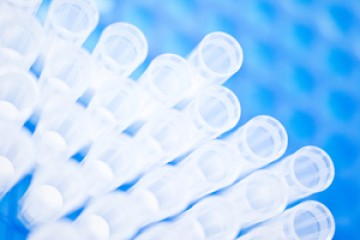Project grant
A 3Rs platform for glial research: From animal to human to in-silico models

At a glance
In progress
Award date
October 2022 - March 2026
Grant amount
£536,959
Principal investigator
Professor Dmitri Rusakov
Co-investigator(s)
Institute
University College London
R
- Replacement
Read the abstract
View the grant profile on GtR
